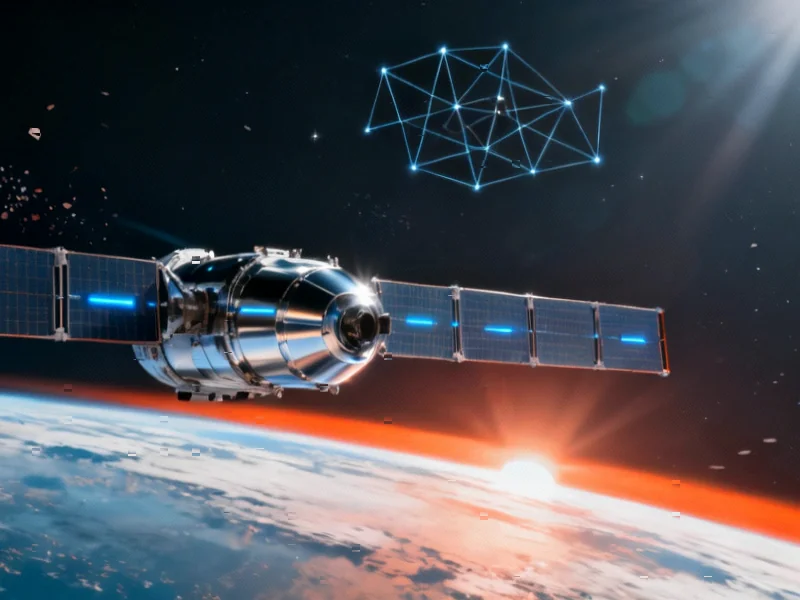Starlink’s Rapid Expansion Reaches New Milestone
SpaceX’s Starlink satellite internet constellation has surpassed 10,000 launches since the project began in 2019, according to astrophysicist Jonathan McDowell of the Harvard-Smithsonian Center for Astrophysics. Sources indicate that of the 10,044 satellites launched to date, approximately 8,680 remain actively operating in low-Earth orbit, while analysts suggest one to two satellites re-enter Earth’s atmosphere daily through controlled deorbiting or accidental failures.
Table of Contents
Scientific Concerns Over Satellite Mega-Constellations
The rapid expansion of Starlink and similar projects from companies including Amazon and Chinese competitors is generating significant concern within the scientific community. Researchers warn that these growing satellite networks could increasingly congest low-Earth orbit and create dangerous space debris through potential collisions. The report states that astronomers have repeatedly criticized the bright satellites for interfering with ground-based astronomical observations, potentially compromising future scientific discoveries.
Atmospheric Impact and Climate Concerns
According to recent studies by US researchers, the growing satellite presence in low-Earth orbit may soon leave measurable traces in Earth’s atmosphere. When defunct satellites burn up during atmospheric re-entry, they produce aluminium oxide particles that deposit in upper atmospheric layers. Analysis suggests that if satellite numbers exceed 60,000 by 2040 as projected, up to 10,000 tons of aluminium oxide could be released annually.
Scientists emphasize that this chemical deposition could warm the upper atmosphere by approximately 1.5 degrees Celsius and influence chemical processes affecting the ozone layer. The report states that while uncertainty remains about the exact environmental impact, experts agree that rapid satellite expansion increases potential risks to both the space environment and Earth’s climate systems.
Balancing Connectivity and Environmental Responsibility
Starlink’s mission to provide global broadband internet access to remote and underserved regions represents a significant technological achievement. However, researchers suggest that the environmental consequences of mega-constellations require urgent further study. According to reports, the scientific community is calling for enhanced regulatory frameworks and technological solutions to mitigate potential harm from satellite deployment and decommissioning processes.
Analysts indicate that as commercial space activities accelerate, balancing technological progress with environmental stewardship will become increasingly crucial for sustainable space development. The research community emphasizes that comprehensive understanding of satellite impacts on both orbital and atmospheric environments should inform future policy decisions regarding space infrastructure expansion.
Related Articles You May Find Interesting
- Spyware Industry Insider Targeted: Apple Alerts Exploit Developer in Unprecedent
- Payments Giant Worldline’s Compliance Framework Shows Significant Gaps Amid Rapi
- U.S. and Australia Forge $8.5 Billion Critical Minerals Alliance to Counter Chin
- Australia Proposes Sweeping Environmental Law Reforms to Strip Profits from Viol
- OpenAI Browser Launch Signals New Front in AI Wars, Rattles Tech Giants
References & Further Reading
This article draws from multiple authoritative sources. For more information, please consult:
- http://en.wikipedia.org/wiki/Starlink
- http://en.wikipedia.org/wiki/Astrophysics
- http://en.wikipedia.org/wiki/Satellite
- http://en.wikipedia.org/wiki/Low_Earth_orbit
- http://en.wikipedia.org/wiki/Broadband
This article aggregates information from publicly available sources. All trademarks and copyrights belong to their respective owners.
Note: Featured image is for illustrative purposes only and does not represent any specific product, service, or entity mentioned in this article.
